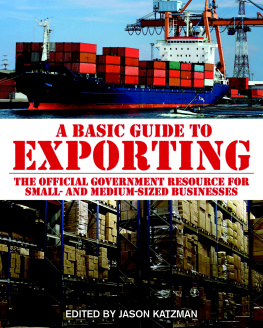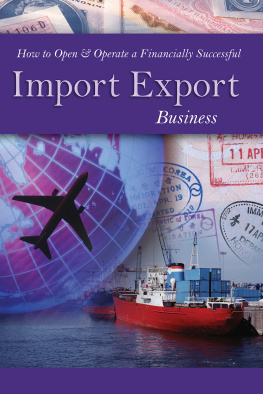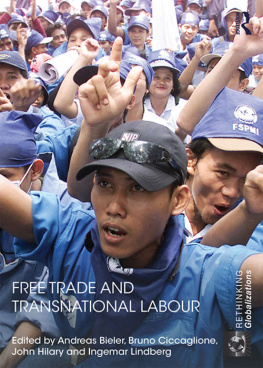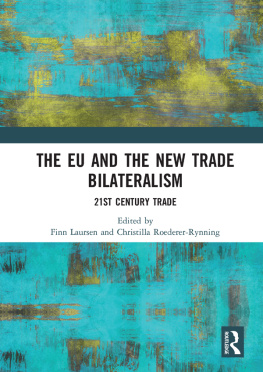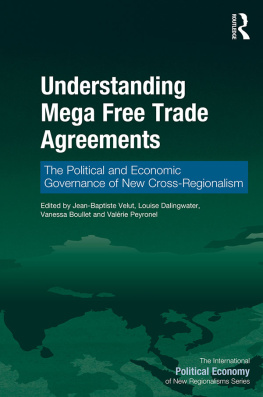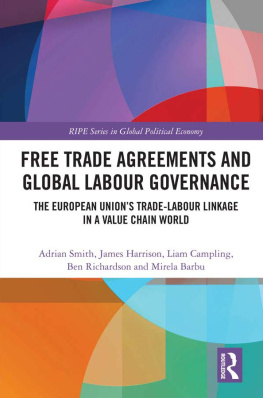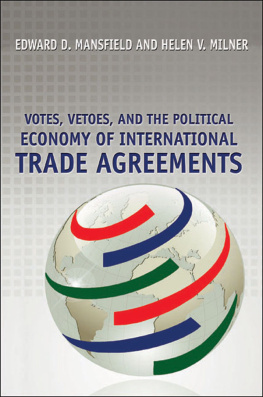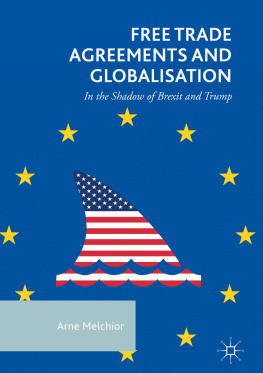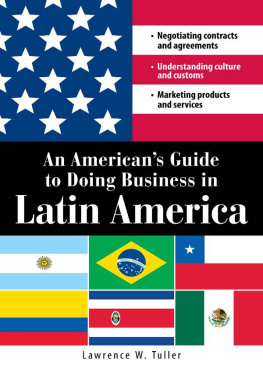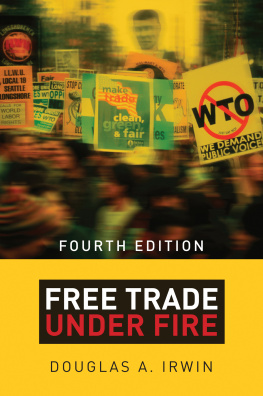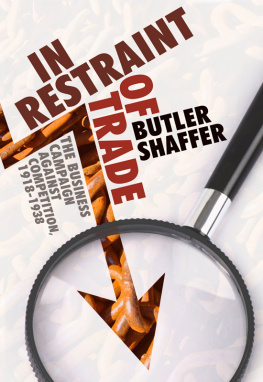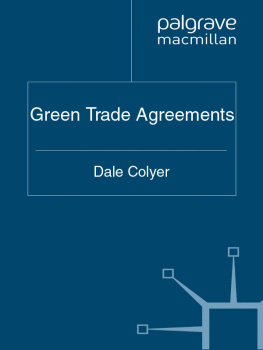Free Trade Agreements: 20 Ways to Grow Your Global Sales
Free Trade Agreements: 20 Ways to Grow Your Global Sales
Introduction
A U.S. producer of environmental cleanup equipment found a buyer in Mexico. The tariffa fee imposed on the importation of this product by the Mexican governmentwas 20 percent, meaning on a $200,000 purchase the Mexican buyer would have to pay $40,000. However, under the North America Free Trade Agreement (NAFTA) environmental equipment and thousands of other products produced in the U.S. enter Mexico and also Canada tariff-free. Similarly, goods made in those countries enter the U.S. tariff-free.
The preferential tariff rates under NAFTA make U.S. products cheaper for Mexican and Canadian buyers and consumers. The absence of tariffs gives the U.S. a competitive advantage over countries that do not have free trade agreements with Mexico and Canada and puts us on equal footing with those that do. NAFTA and other free trade agreements covering 20 separate countries and including many millions of consumers help make U.S. companies more competitive both domestically and abroad, because doing business in foreign markets can help develop management expertise and flexibility, as well as product and service quality. Also, many of the FTA countries can serve as springboards into adjacent markets by finding good distributors familiar with a region, and soon you could be selling containers to your new distribution center in South America or Asia. Here are some additional benefits of FTAs:
1) Levels the playing field for U.S. companies who will enjoy tariff-free access into FTA countries.
- Protects U.S. investments in the region
- Provides new market access for U.S. consumer and industrial products such as textiles and agricultural products
- Opens the market to remanufactured goods
- Liberalizes the services sectors.
2) Addresses government transparency and corruption, worker rights, protection of the environment, trade capacity building and dispute settlement.
- Provides unprecedented access to government procurement.
- Requires important reforms of the domestic legal and business environment that encourage business development and investment
3) Strengthens protections for U.S. patents, trademarks, and trade secrets.
- Provides benefits to small and medium sized exporters
- Improves customs facilitation
Growing with FTAs
Some of the FTAs are with developing markets whose growth rates, as measured by GDP, have in many instances exceeded those of developed country markets. U.S. companies selling to these markets enjoy the dual advantage of low tariff rates and rapidly expanding consumer bases. Despite the recent global economic downturn, available data indicate that growth in many of the FTA countries will continue in the coming months and years, even while growth in most developed countries, including the U.S., remains slow. Based on historical growth trends, U.S. companies should consider current and pending FTA country markets for future business expansion plans.
Currently, the U.S. has free trade agreements with 20 countries: Australia, Bahrain, Canada, Chile, Costa Rica, the Dominican Republic, El Salvador, Guatemala, Honduras, Israel, Jordan, Mexico, Morocco, Nicaragua, Oman, Peru Singapore, Panama, Colombia, and the Republic of Korea. The FTA with Panama had not been implemented at press time. For all of the reasons cited here, FTA countries form the basis of a sound export strategy for U.S. companies seeking to increase international sales by entering multiple new markets.
20 FTA Countries, 5 Themes
Five themes emerged from conversations with our Senior Commercial Officers on the ground in these countries. One is that while more U.S. companies are generating sales, there are more opportunities than there are firms to take advantage of them. The reasons given are that many capable U.S. companies do not know about the FTAs or that these countries may hold promise for them. The purpose of this book is to provide practical, actionable information about the benefits of the agreements and how to use them to generate new business.
The second theme and an enduring myth is that many of the FTA markets are too small to care about or invest time in developing. This is not true of Canada or Mexico, our partners in NAFTA, which are our largest export markets. Its not true of Colombia, South Korea or Chile. However, as this book demonstrates, even the smallest of the FTA markets by market size are generating multi-million dollar sales for U.S. companies, most of them small and midsized. You also can leverage the role of some of these markets, such as Singapore and Chile, as regional distribution centers, drawing on geographic and historical ties to sell into other nearby countries with larger market size. Geography can play a role in enlarging a customer base by grouping and accessing markets, including those in North Africa and the Middle East.
One way to evaluate opportunities in multiple FTA markets is to use the Harmonized Code number of your product and plug it into the U.S. Census Bureau export database. https://www.usatradeonline.gov/
You can easily generate reports showing export trends for this general category of product in each of the 20 FTA countries. The data also include selling price information so you can assess whether you can compete on price.
The third theme and also a myth is that the rules of origin appear complex, and qualifying U.S. products for the free or reduced tariff benefit is not worth the effort. The reality is that the agreements provide several different ways to qualify products as originating. Conceptually, they are not difficult to master in a short period of time. In addition, help is available from your buyer, your freight forwarder, from the commercial section folks at the U.S. embassy and from your local Export Assistance Center. And once youve done the analysis for your main export product, subsequent sales and shipments are easy.
Fourth, while most people equate FTAs with lower or no duties, the benefits go far beyond. For instance, the agreements have made it easier for service providers to cross borders with fewer barriers. The result has been an increase of billions of dollars in sales of services, with the advantage going mainly to U.S. providers because of multiple competitive advantages. If you are in construction, architecture, finance, public relations, law, accounting, and many other service professions, consider taking advantage of the services benefits in these agreements.
The final theme identified by the companies profiled in the book is that the owners believe that the existence of the FTA, when paired with help from U.S. government export promotion agencies and programs, made it possible to generate new and ongoing sales in these markets. In addition, these sales have created new jobs and are perceived as having made the companies more competitive, their products and services better. We hope this will be part of your story as you learn more about these countries.
Followed all the advice here and still ran into a glitch? Sometimes things dont work as advertised and you or someone you know runs into difficulties entering an FTA market. We have a solution for that, too. The U.S. Department of Commerce's Trade Compliance Center (TCC) helps U.S. exporters and investors overcome foreign trade barriers and works to ensure that foreign countries comply with their trade agreement obligations to the U.S. To report a trade agreement violation, visit the TCC website: (http://tcc.export.gov/Report_a_Barrier/index.asp).

Next page

